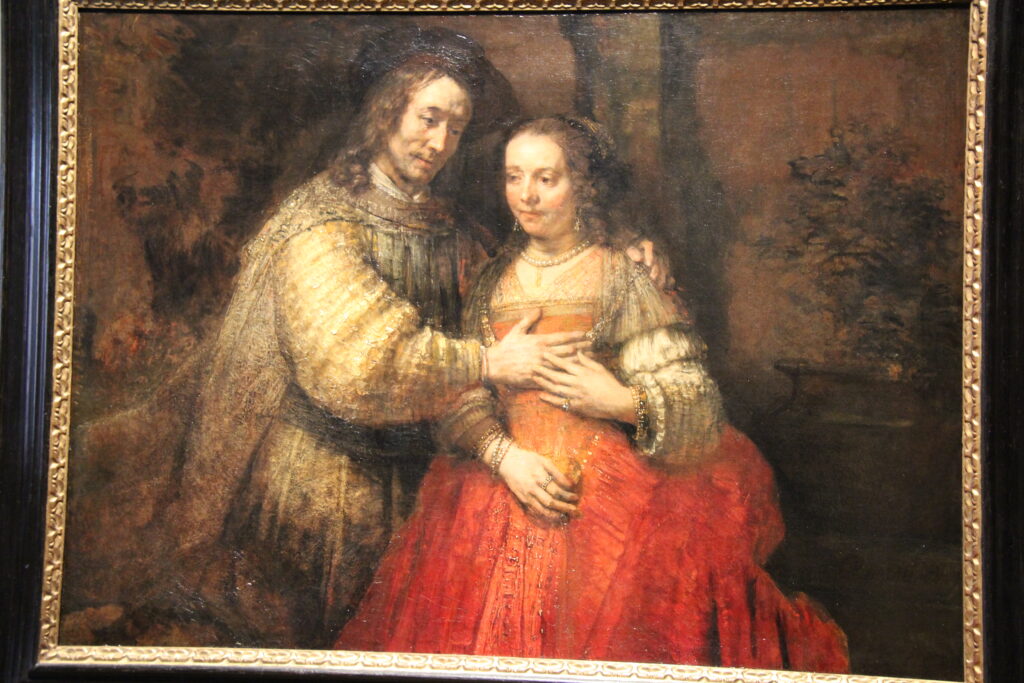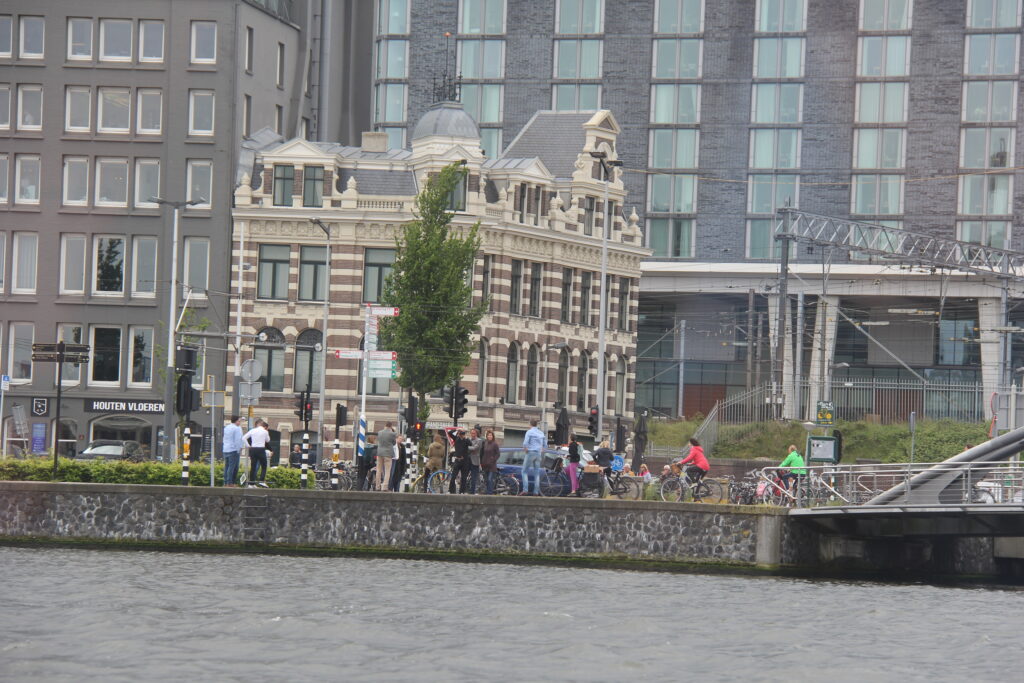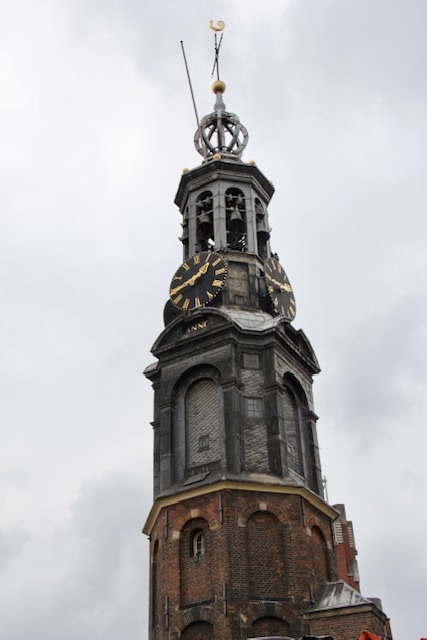To the scores of tourists who visit Amsterdam, it is known as the city of canals, museums, and bikes. Although the city has a modern metro system, about one-fifth of the workforce still rely on the bicycle for transportation. It is a fantastic city to explore on foot, which is exactly what we did the first 2 days.
Amsterdam Canal cruise – This was our very first activity in Amsterdam and it is one of the most popular things to do here. It gives you an idea of where some of the popular attractions in the city are located.



Rijksmuseum – Dedicated to Dutch arts and history, the Rijksmuseum is the national museum of the Netherlands. The Rijksmuseum was founded in The Hague 1798 and moved to Amsterdam in 1808. It is the largest museum in the country and is visited by over 2 million people per year. It has some masterpieces by Rembrandt, Van Gogh, and a small Asian collection. Plan on spending at least 2 hours here.




Rembrandt House Museum – This is where the Dutch painter Rembrandt lived between 1639-1658. It was also his studio. The house was built around 1606 and renovated in 1627 and auctioned in 1658 when he went bankrupt. It was purchased in 1907 by the municipality of Amsterdam, which donated it to the Rembrandthuis foundation. Between 1907 and 1911 the house was restored and the museum was opened on 10 June 1911. The museum shows Rembrandt’s living and working quarters, including his living room, art room and the studio where he created his masterpieces.

There are daily etching and painting demonstrations in the museum. In the exact place where Rembrandt created his masterpieces, in his studio, you’ll discover how he made his paint. In his days, one had to grind the pigments, mix them with oil and grind the mixture to produce a smooth paint which would quickly go off, so they would have to be prepared on the day they were going to be used. With successful artists this laborious work would be done by their apprentices.



Anne Frank House – A house and museum dedicated to Jewish diarist Anne Frank. During World War II, when the Netherlands was occupied by Germany, Anne Frank, her family and 4 others, hid from Nazi persecution, in hidden rooms of the 17th-century canal house, later known as the Secret Annex. She did not survive the war, but her dairy was published in 1947. Ten years later the Anne Frank Foundation was established to protect the property from developers who wanted to demolish the block. All through the museum, you can still see traces and personal objects of the people who hid here.


Ann Frank Museum – The tea service of Anne frank that she gave to her neighbor next door before she went into hiding. Also on display are some of the more than 400 photos taken by Otto Frank (Anne’s father) of the family before they went into hiding.

Note: Tickets to the Anne Frank museum sells fast. We bought tickets to the museum 2 months in advance.
Van Gogh Museum – This museum surpassed all my expectations and was a well spent 2 hours. The Van Gogh Museum is dedicated to the works of Vincent van Gogh and his contemporaries. The museum opened on 2 June 1973, and contains the largest collection of Van Gogh’s paintings and drawings in the world. The museum wonderfully chronicles the various phases of Van Gogh’s artistic life. In 2019, the Van Gogh Museum launched the Meet Vincent Van Gogh Experience, a technology-driven “immersive exhibition” on Van Gogh’s life and works, which has toured globally. Pittsburgh folks including me, were lucky to experience it.

Walking around the city of Amsterdam – We spent a lot of time just walking around the city mostly along the canal, admiring the beautiful buildings, window shopping for cheese and chocolates, and keeping clear of the bike riders.
Here are some of the fascinating buildings we came across in our stroll through the city.








Montelbaanstoren, built in 1512, was part of the protective wall that still stands today. The tower housed Amsterdam’s military guards, stationed there in order to spy any approaching armies who may be trying to take over the city. The tower was also a gathering place for sailors who would meet at the base of Montelbaanstoren before heading off to far-away lands on long sea voyages.
